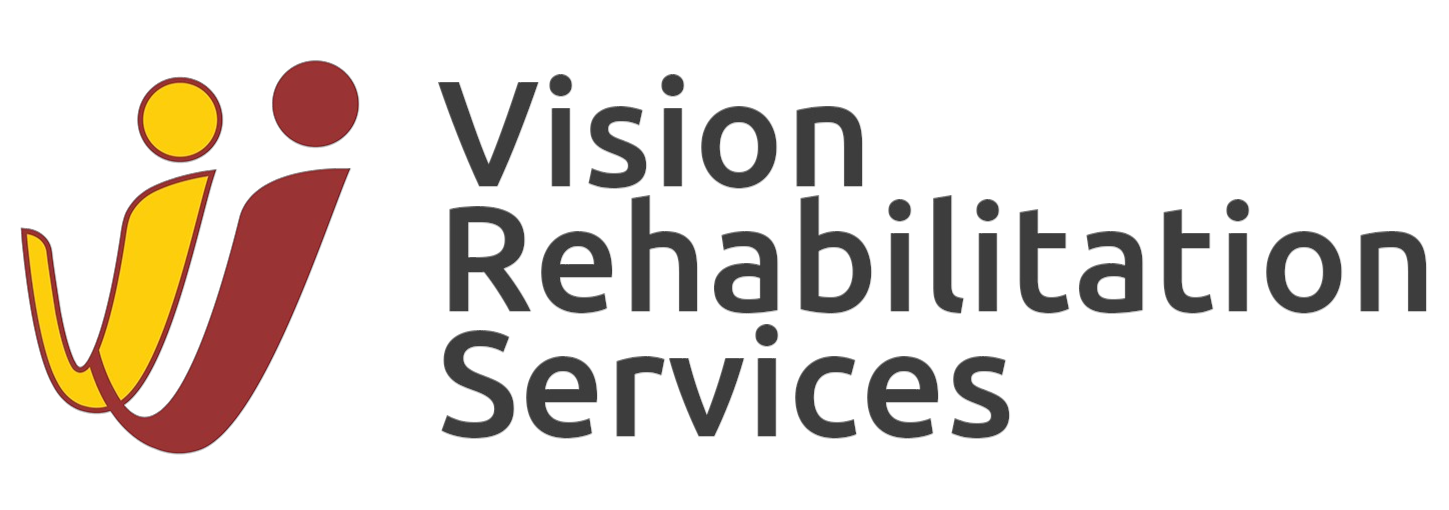
Vision-Related Services
Vision Loss Adjustment Training
We provide rehabilitation training that is tailored to each individual's unique needs, experiences, and current life and/or employment situation.
What qualifies as low vision
In New Zealand, low vision is typically defined as visual acuity of 6/24 or less in the best eye with correcting lenses, or a visual field of 20 degrees or less.
For the purposes of the Supported Living Payment, a person is considered totally blind if their visual acuity is worse than 3/60, though this is a separate definition from "low vision".
Key Criteria for Low Vision in New Zealand
You may qualify for support as having a low vision if you meet one of these two criteria, as determined by a qualified professional:
Visual Acuity (VA): Your vision in your best eye does not exceed 6/24, even with corrective lenses. This means you need to be 6 meters away to see what a person with normal vision can see at 24 meters.
Visual Field (VF): Your field of vision is reduced to 20 degrees or less when you look straight ahead. Normal vision provides a field of view of about 180 degrees.
Distinction from Blindness (for Support Purposes)
While the definition of low vision uses 6/24, a different standard applies for the Supported Living Payment (SLP):
Blindness for SLP: For eligibility for automatic benefits under the SLP, a person is considered "totally blind" if their visual acuity is worse than 3/60.
Important Considerations
Professional Assessment: The determination of low vision or blindness must be made by a registered ophthalmologist or optometrist.
Purpose of the Definition: These definitions are used by organisations like Disability Support Services to determine eligibility for services and equipmenet.
-

Low Vision Adaption
The Centre-based program activity is designed to meet unique needs of clients with low vision. Clients are encouraged to explore the range of their visual abilities and to establish visual independence.
-

Independent Life Skills
The program provides the clients the opportunity to develop and practice skills of independent living through experience-appropriate, high-interest themes.
-

Assistive Technology
Training may include alternative methods for accessing information such as technology concepts, tools, and skills for visual and non-visual learners
-

Orientation and Mobility
Orientation and Mobility (O&M) training plays a crucial role in teaching people with visual impairments to travel independently, safely and
Individual Adjustment Training (iAT)
We provide the following adaptation programs and specialised skills in becoming independent at home, in the community, and in employment.
Rehabilitation training is tailored to each individual's unique needs, experiences, and current life and/or employment situation.
Training services are either provided at home, in the local community, or at a designated training facility.
(During iAT training, instructors work with the individual to determine the most appropriate adaptive equipment and/or resources for their unique needs.)

Specialised skills may include the following instructional service program areas
Ready to Enhance Your Experience?
Explore our range of services tailored to meet your needs. Apply now to get started or book your appointment today!



